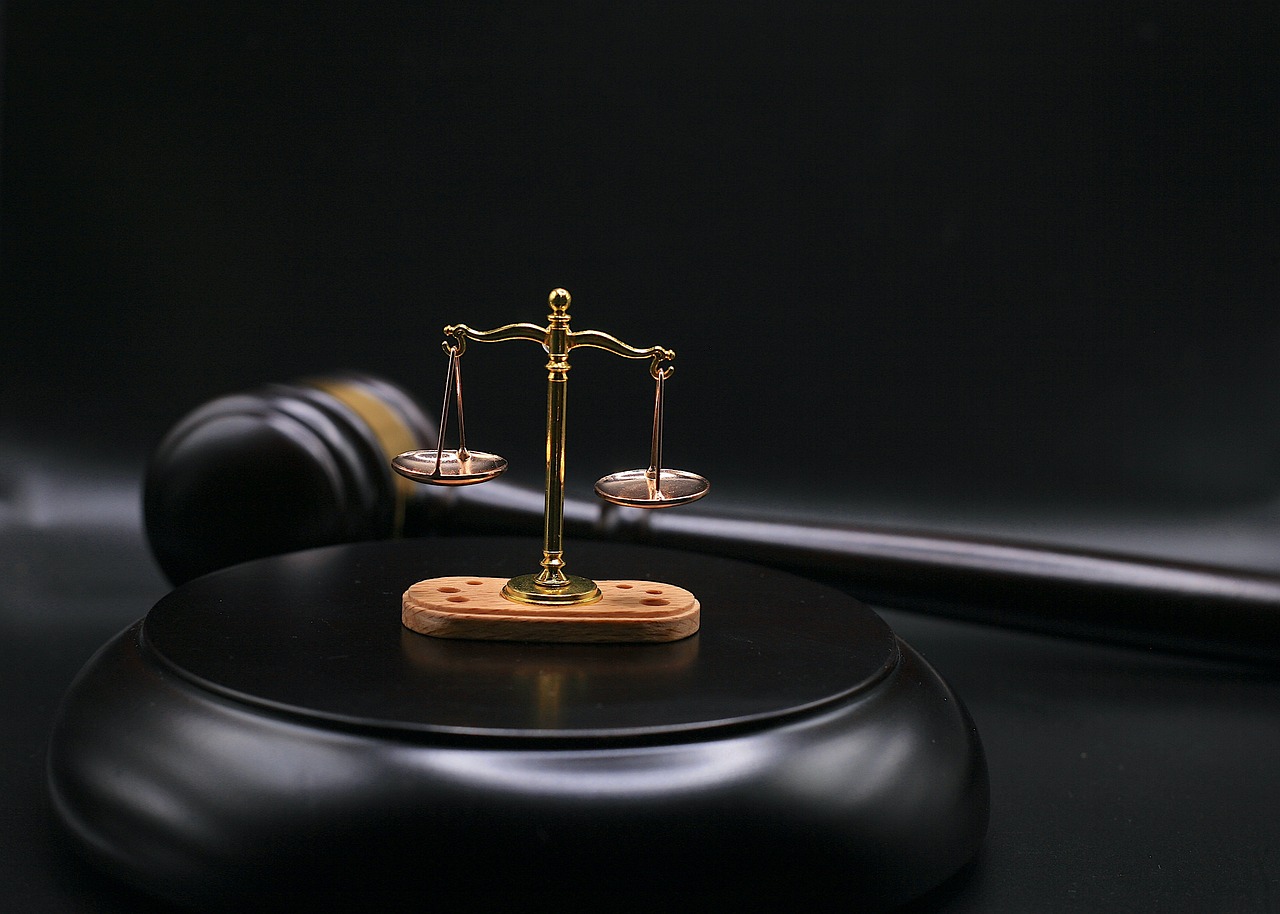Picture this: You’re driving along, minding your own business, when suddenly, out of nowhere, another vehicle crashes into you and speeds off. Hit-and-run accidents can be shocking and disorienting, but knowing what to do in such a situation can make all the difference. If you ever find yourself the victim of a hit-and-run incident, don’t panic. Car accident lawyers perth are 24/7 there for you. They’re professionals at their job, and you’ll be glad you hired them. But what must you do if you’re a victim of these sorts of cases? Read on as we’ll show you the essential steps to take to protect yourself and ensure justice is served.
Ensure Safety and Seek Medical Help
The priority after a hit-and-run incident is to ensure your safety. If you still can move, get yourself to a safe location away from traffic. Check for any injuries on yourself or passengers in your vehicle – seek medical help immediately if needed. Even if you feel fine initially, it’s crucial to see a healthcare professional as soon as possible. Documenting your medical evaluation will also be important for insurance claims or various legal proceedings that may follow.
Gather Information
This step can easily make all the difference in identifying the responsible party and facilitating insurance claims. All you need to do is collect details and take note of the location, time, and date of the incident. In addition, ask for detailed contact information from more than two witnesses who might have seen what happened. Don’t forget to document any injuries sustained during the accident.

Look for Witnesses
Witnesses can provide valuable information that may help authorities track down the responsible party. If there were people around when the accident occurred, approach them calmly and ask if they saw what happened. Their statements can often corroborate your version of events and strengthen your case.
Document the Scene
When involved in a hit-and-run accident, documenting the scene is crucial for building your case. Take photos of the damage to your vehicle from different angles, capturing any relevant details like license plates or road conditions. Make notes about what happened leading up to the collision and any injuries you sustained. Remember to keep all documentation organized and easily accessible for insurance claims or legal proceedings.
Report to the Police
Next, contacting law enforcement is a must. It allows them to investigate the situation, gather evidence, and potentially track down the responsible party. Cooperating with law enforcement is essential in these situations as they can launch an investigation into finding the person who caused harm or damage in a hit-and-run incident.
Contact Your Insurance Company
After experiencing a hit-and-run accident, contacting your insurance company is crucial. They can guide you through the claims process and help cover any damages or injuries. It’s important to notify them as soon as possible to expedite the resolution of your claim. If you’re going to reach out to your insurance provider, be prepared with all the details of the incident that you’ve gathered. This includes information about the other vehicle involved, any witnesses, and documentation from the scene. The more information you provide, the better they can assess your situation. Being involved in a certain hit-and-run accident can be a really traumatic experience, but if you know what to do in such situations is crucial. Remember that staying calm and following these steps can make a significant difference in how authorities handle your case.…




 In states that follow comparative fault rules, insurance companies are typically responsible for determining the percentage of fault assigned to each party. It’s essential to understand that their primary goal is to minimize liability and settle claims for as little money as possible. This means they may try to assign a higher percentage of fault to you, resulting in lower compensation. To ensure a fair assessment of fault and proper compensation, it’s essential to seek legal representation when negotiating with insurance companies. A lawyer experienced in car accident claims can help gather evidence and present arguments that support your case for reduced fault.
In states that follow comparative fault rules, insurance companies are typically responsible for determining the percentage of fault assigned to each party. It’s essential to understand that their primary goal is to minimize liability and settle claims for as little money as possible. This means they may try to assign a higher percentage of fault to you, resulting in lower compensation. To ensure a fair assessment of fault and proper compensation, it’s essential to seek legal representation when negotiating with insurance companies. A lawyer experienced in car accident claims can help gather evidence and present arguments that support your case for reduced fault.
 Before you can begin building a strong legal team, it’s essential to identify your specific legal needs. Take the time to assess what areas of law are relevant to your situation or industry. Are you in need of corporate law expertise for business formation and governance? Do you require intellectual property protection or assistance with contracts and negotiations?
Before you can begin building a strong legal team, it’s essential to identify your specific legal needs. Take the time to assess what areas of law are relevant to your situation or industry. Are you in need of corporate law expertise for business formation and governance? Do you require intellectual property protection or assistance with contracts and negotiations? Assessing communication and compatibility is a crucial step in building a strong legal team. Effective communication is essential for smooth collaboration, while compatibility ensures a harmonious work environment. When evaluating potential candidates, pay attention to their communication skills.
Assessing communication and compatibility is a crucial step in building a strong legal team. Effective communication is essential for smooth collaboration, while compatibility ensures a harmonious work environment. When evaluating potential candidates, pay attention to their communication skills.

 Communication is key when working with an attorney, so ensure you remain in constant contact throughout your case. Respond to all inquiries promptly and keep your attorney updated on any changes that may arise. Additionally, discuss any deadlines or legal processes you will need to follow, so nothing is overlooked. By following these four tips, you can ensure you get the most out of your attorney. Your attorney is there to help you through a complex legal process and protect your interests, so be open and honest with them, ask questions, stay organized, and communicate effectively. Doing so will give you peace of mind and provide the best possible outcome for your case. Good luck.…
Communication is key when working with an attorney, so ensure you remain in constant contact throughout your case. Respond to all inquiries promptly and keep your attorney updated on any changes that may arise. Additionally, discuss any deadlines or legal processes you will need to follow, so nothing is overlooked. By following these four tips, you can ensure you get the most out of your attorney. Your attorney is there to help you through a complex legal process and protect your interests, so be open and honest with them, ask questions, stay organized, and communicate effectively. Doing so will give you peace of mind and provide the best possible outcome for your case. Good luck.…
